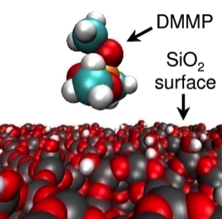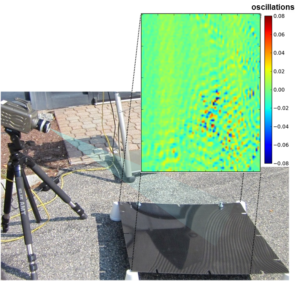Our scientists possess a deep understanding of the chemical and physical effects of reactive systems, environmental surfaces, and catalysis as it pertains to the engineering applications of microscale structures.
Our scientists possess a deep understanding of the chemical and physical effects of reactive systems, environmental surfaces, and catalysis as it pertains to the engineering applications of microscale structures.
By using molecular dynamics (MD) computer simulations in conjunction with the ReaxFF reactive force The electronic excitation energies and excited –state potential energy surface of nitrobenzene, 2,4,6-trinitroaniline (TNA) and 2,4,6-trinitrotoluene (TNT) are calculated using time-dependent density functional theory and multiconfigurational ab initio methods. Our results suggest that the S1 population should quench primarily to the T2 state. This finding is in support of recent experimental results and sheds light on the photochemistry of heavier nitroarenes.technical Contact
Dr. Ramona Taylor
ABSTRACt
fields, the interaction of dimethyl methylphosphonate (DMMP) with amorphous silica as a function of surface hydration was examined. Surface hydroxylation densities of 2.0, 3.0, 4.0, and 4.5 hydroxyl/nm2 were modeled. The amorphous silica surface used in our simulations is quantified structurally and compares well to experimental findings.
Read more …Top



